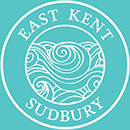When Kate and I visited Sudbury Valley School last summer one of the key messages that I took away with me, and that I wrote about in my blog post about the visit, is how un-ostentatious real learning is. We all know the signs to look for in a mainstream school to judge the education – good grades, quality artwork on the walls, impressive displays, a rich extra-curricular programme. When we’ve all been schooled into thinking this is what learning looks like walking into a self-directed educational setting can be pretty confusing at first. It can feel like there’s not much going on at all, some kids playing, others hanging out, someone grazing on their lunch or even absorbed in their mobile phone.
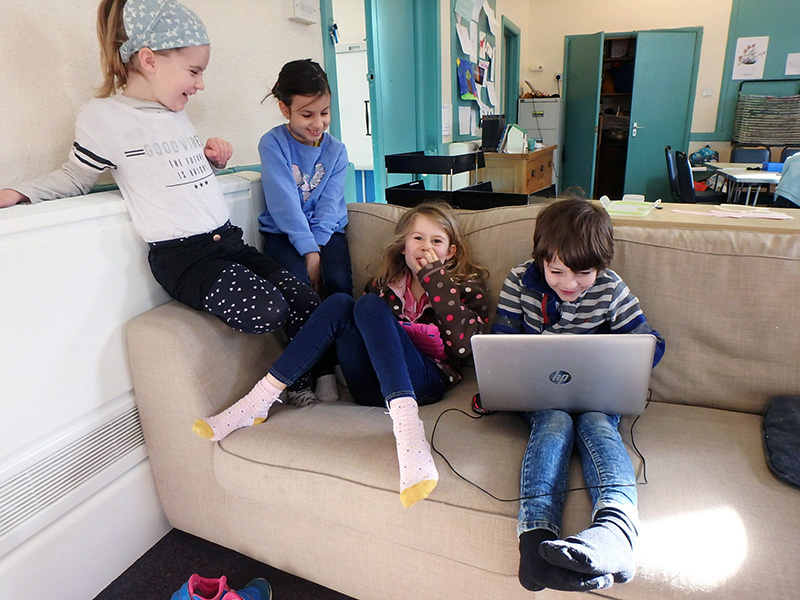
But stick with it, look closer – without disturbing anyone – and you begin to see, slowly at first and then in a flood, all the learning that’s going on all the time. Every moment, every activity, every interaction deliberately chosen, carefully negotiated. Each member of the community gradually building their own model of the world by observing, enquiring, testing, creating, considering, listening and practicing. Once your eyes adjust to self-directed learning you’ll never see education the same way again.
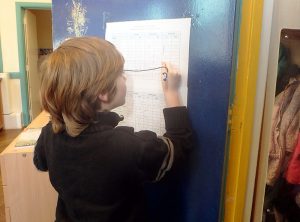 During our first half term we’ve seen traditional skills like numeracy and literacy being used all the time. Only students rarely study subjects purely for their own sake, rather they employ these skills in the enquiries and projects they’re undertaking.
During our first half term we’ve seen traditional skills like numeracy and literacy being used all the time. Only students rarely study subjects purely for their own sake, rather they employ these skills in the enquiries and projects they’re undertaking.
Everyday starts with signing in. It sounds simple enough, but for some of our youngest members merely finding their own name on the list and writing the time is a complex task. Several students began the term asking a parent or staff member to write it for them, but over time as confidence has grown they’ve chosen to write it themselves. Checking their numbers against others – “is my three the right way around?” It’s also a big responsibility, it’s a sign each day that they are responsible for what they do here and they take that very seriously.
Being part of a democratic community comes with plenty of other processes too. Almost everything involves a form to fill in or something to read. Some, tackle this paperwork independently, others ask for a little help, or ask for someone to read or write it for them but each at their own level engages with the process and appreciates the value of a written record.
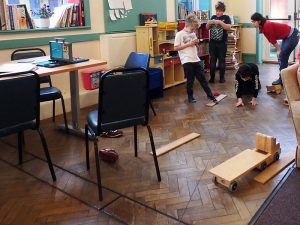
Almost every day pocket money is spent, dice throws are counted, transactions negotiated and enquiries are launched. Such as how many times can you halve a piece of paper before it gets too small? And how long is my super stretchy slime?
Every day someone makes something; a drawing, loom band bracelet, trophy for a tournament, a block fort or a paper monopoly set. Some of these make it onto our walls or go home in bags, but many are just temporary creations, here one minute gone the next. They don’t need to be a part of a class display, they weren’t made to demonstrate anything, they were made for a game, for fun, or just because and once the moment has passed so has the creation.
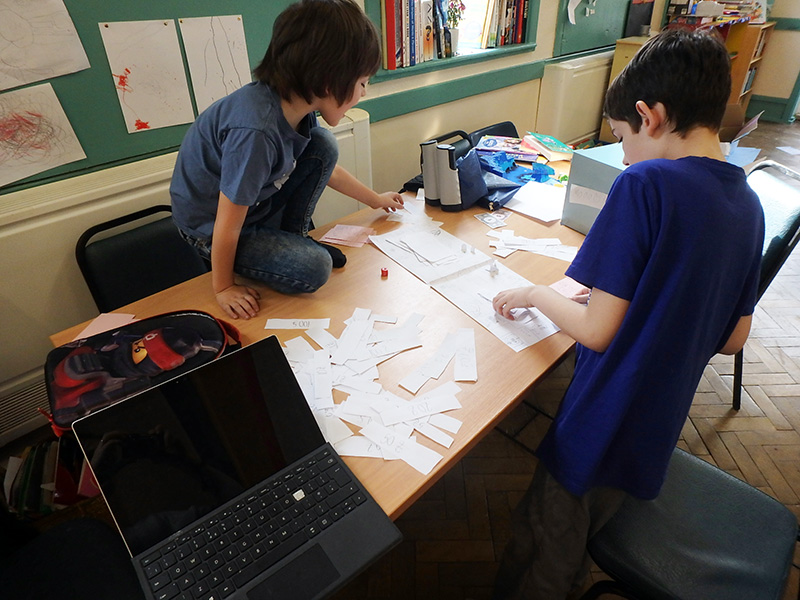
These are the examples that stand out, that catch your eye, the loud, active – “hey look at me” moments. But look even closer for the quieter, subtler things. You might catch “let me show you” or “here like this” or “that doesn’t sound right to me, can I take a look?” Or see someone pause and look up from a book or a game to ponder. How much of learning is like that? Quiet, unassuming, internal. It doesn’t need observing, measuring, displaying. It isn’t for anyone else. Learning is a private not public act, it belongs to the learner. At EKS it’s recognised as such and that’s just as it should be.
